19 Important Eco Friendly Classroom Ideas to Teach Your Students about Sustainable Living
If you are passionate about helping the environment and you want your students to carry that same fire, this guide to creating an eco friendly classroom is a great place to start!
I think at this point, regardless of the industry you work in, it is imperative to be making choices throughout our daily lives that help support the health of the planet.
Of course, one person avoiding a plastic straw will not save the planet but as educators it is our job to help raise the next group of mindful humans. Small choices add up and these sustainable choices that we instill in our students can eventually be normalized actions in our society.
You may even notice that you are already doing some of these eco friendly classroom tips naturally which is great!
And many of these tips are cost effective which pairs nicely with the tiny budgets teachers are given (*insert eyeroll*).
My hope is that by the end of this long list there are a few ideas you can take away to ensure your classroom is a bit more green.
This post is all about the best eco-friendly classroom tips for your sustainable classroom.
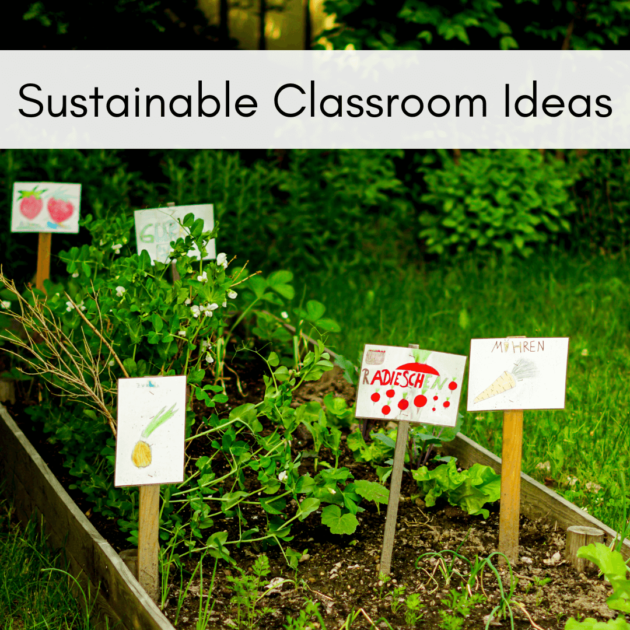
The Best Eco Friendly Classroom Ideas
1. Be mindful of what school supplies are made of
Did you know they make eco-friendly school supplies? Many school supplies are made withplastic and toxin ingredients. At the end of the school year a lot of supplies that still have some life in them or were barely used end up in the landfill and can cause further harm to the planet.
Eco friendly school supplies do exist! Yes they are mostly more expensive. But, there are some more affordable options as well such as products that are made partially from recycled plastics. Not perfect but a better option.
Check out this list here of office supplies that are kinder to the planet.
2. Incorporate crafts using recycled products
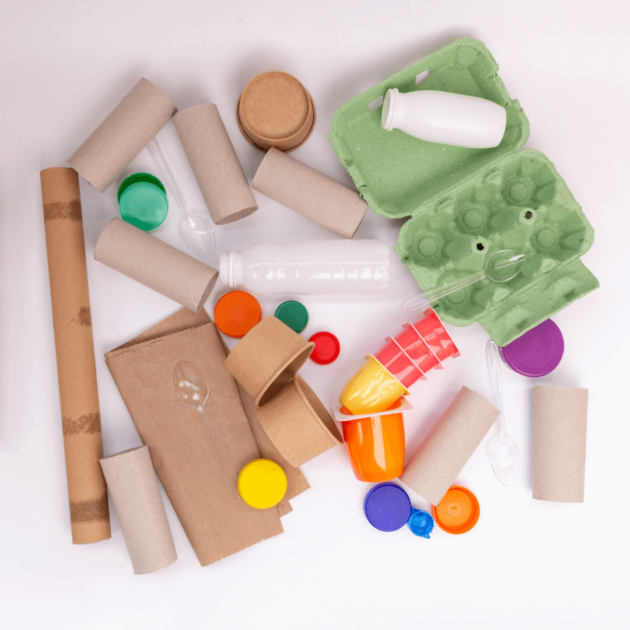
Instead of buying all brand new craft supplies, consider using some recycled products as well.
There are tons of crafts that incorporate:
- Toilet paper rolls
- Plastic bottles
- Newspaper
- Printer paper with mistakes
You can even ask families to bring in items as well! Even if you do not incorporate these supplies into specific lessons, it is a great option to have on hand for students to make art with in free time.
Sometimes we have to rely on more creative ways to bring in positive change.
3. Add sustainability tips on forms that are sent home to parents
It has to be a team effort to create sustainable habits in our students lives. Consider adding a little blurb that offers guardians/parents ideas for how to make each event a bit more eco friendly. Or you can just slip it in without dedicating a space to it!
Here are some ideas you can start with:
- School field trip= use reusable containers to pack lunches
- End of school year= save supplies for next year, donate them to classroom, donate to nonprofit.
- Class parties= encourage parents to make vegan options
- Invite guest readers/visitors that have job in the sustainability realm
*of course these are ALL suggestions. No one should be shamed for packing their kids lunch in a zip loc etc.
4. Include books about sustainability

Fill your bookshelves with colorful and informative books that will inspire your students to take action in saving the planet!
Here are some topics you can look for:
- animal conservation
- sustainability occupations
- climate change
- kid friendly vegan cookbooks
5. Use repurposed furniture and decor for eco friendly classroom design
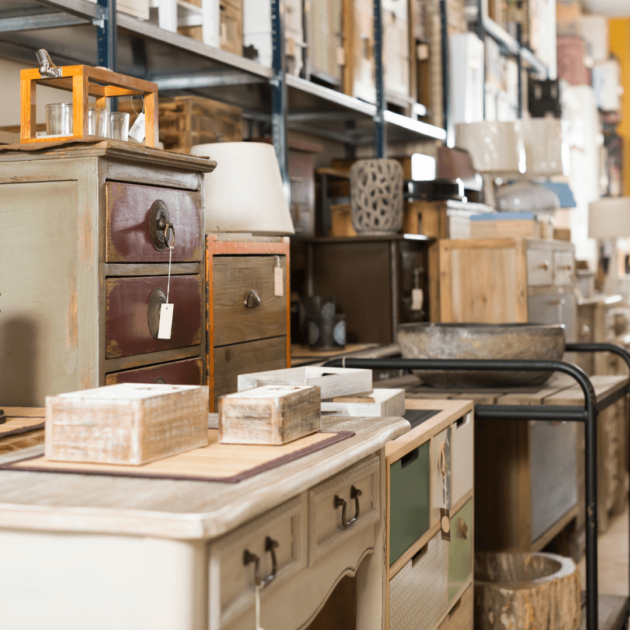
Instead of buying brand new bookshelves and desk chairs, check out your local thrift store for second hand furniture.
Once you find a sturdy piece of furniture you can even customize it to fit the theme of your classroom!
6. If you have a say in field trips opt for farm tours, outdoor activities, nature centers etc.

A really impactful way for students to find an interest in sustainability is to get them out into the natural world to experience it first hand. Unfortunately, not every child has access to the outdoors so why would they feel connected to it?
If you get to have a say in field trips suggest places like science centers, local farms or even non profit volunteer projects that are doing important environmental work in your community.
7. Opt for digital over paper
These days, most everything is going digital but just a reminder to be mindful of all the copies you make. Email and classroom apps are great places to send information out to families and caregivers.
Of course this can’t be completely avoided with everything but just do what you can!
8. Swap decor/extra materials etc. with other teachers rather than buying new

This is one of those tips you might naturally be doing that is actually great for the environment! Instead of buying all new decor items, you can swap with other educators.
Not only will it make your classroom feel fresh but it will minimize mostly disposable decor items from being bought and eventually discarded. Make sharing a normal part of your schools culture!
9. Use natural cleaners in classroom
Instead of grabbing cleaners that use harsh chemicals opt for more natural multi surface sprays and air fresheners. If your school allows it, natural essential oils diffusers are a great way to mask smells and it is cleaner than synthetic sprays.
A simple way to clean surfaces is to just combine Dr. Bronners soap with water! The lavender scent is great because it leaves a calming effect behind as well.
Of course you can’t control all of the cleaners used in your room, but there are some that are better for the environment and our health so we may as well use them.
{RECOMMENDED POST: 9 Powerful Zero Waste Cleaning Products We Are Obsessed With}
10. Carpool to work to reduce emissions
Help to minimize the amount of cars on the road by catching a ride with a coworker.
Less cars on the road means less emissions destroying the planet!
11. Reduce food waste to preserve natural resources
Food waste is a major issue, especially in schools. Think of all of the left over food from the school cafeteria, class parties, teacher workday potlucks and celebrations etc. The sad part is that many of that food that is wasted could be best used by begin brought home with students that could use the extra meals on the weekends. Although a great idea, that is logistically a bit tricky to probably follow through with.
What other ways can we reduce food waste in our green classroom?
- try to organize who is bringing what for class parties to minimize leftovers
- let students take home leftovers from class parties when possible
- bring extra food to teacher work room to share
12. Avoid single use plastic when possible
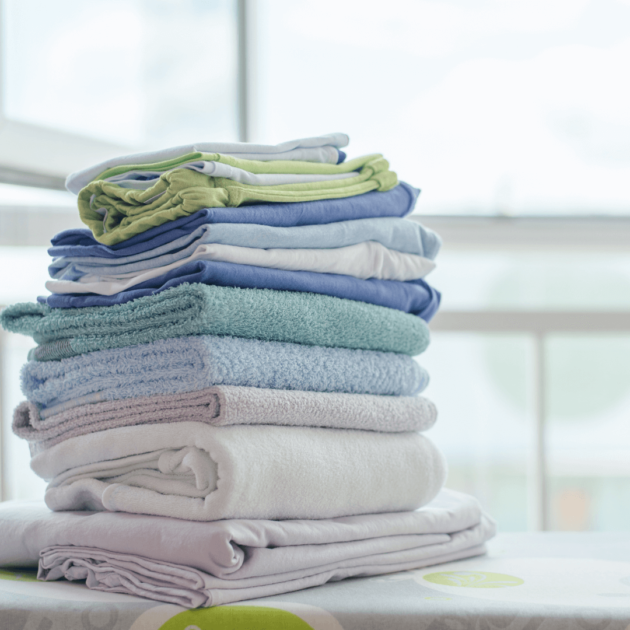
The zero waste movement has come a long way in the past 10 years. Many places have banned plastic bags and it seems like every month there is a new reusable water bottle trending.
It is becoming almost the norm for many people to use the reusable option over disposable.
Here are a few zero waste ideas for the classroom specifically:
- Stasher bags instead of ziploc
- Cloths instead of paper towels
- reused jars and food containers for paint cups
*I also wanted to add the disclaimer that is is no way necessary to be 100% zero waste. That is not possible and no one has achieved that. But being mindful of the waste we do create can go a long way and your students will be more normalized to zero waste living as well.
13. Have a classroom pet to teach empathy towards animals & their habitats
Turtles, bunnies, guinea pigs and fish call classrooms their home and there is a good reason for that!
There are many reasons to include a class pet in your sustainable classroom:
- Teaches kids empathy towards animals. It may inspire them to be vegan or be tuned into animal rights later on in life.
- You can base lessons on habitats and science with the much loved class pet at the center. This will keep kids engaged and feel connected to the lesson.
- Some kids are not able to have a pet at home so this also helps kids that may be missing out on a furry friend and building that connection to animals.
14. Incorporate sustainability lesson plans if possible

This tip may seem obvious and could differ in practicality based on what your requirements are but consider adding sustainability focused lessons to your schedule.
This tip may be one that you have to work on with others and may not happen overnight but it is possible and so needed.
Even if you aren’t able to introduce a grade wide restructure, you could squeeze in mini lessons. Short videos clips, busy work, time with subs could all have an element of sustainability education added to them.
15. Prioritize natural light
Instead of using harsh overhead lights, try to rely on natural light from the sun to keep your classroom well lit. Of course this is not always possible if your classroom doesn’t have windows but try to find ways to only use the over heard lights when needed.
Some times turning off the harsh lights during independent work or reading time can help to calm the class as well. Little switches like this can reduce energy use when we may not really need it.
16. Create a classroom garden or pots for herbs

If having a class pet is a little too overwhelming (don’t blame you!) maybe try out a class plant (or even garden!).
If you have outdoor space your class can visit that would be amazing but even a few indoor plants like herbs are a great way for kids to gain valuable skills:
- Patience as the plant grows
- Responsibility to take care of a living being
- How to grow their own food
- Delegating tasks & relying on their classmate community to get the tasks done
- Simple recipes with what they grow (smoothies, wraps, hummus & veggies etc.)
17. Consider requesting instead of being given gifts, money to be donated to an environmental nonprofit or essentials for your classroom
Although the well intentioned mugs and soaps that students give us each year are amazing, consider requesting that families donate to your favorite environmental non profit instead!
This tip can be tricky to navigate considering some students (especially younger ones) enjoy making gifts or picking out something special for their teacher.
But requesting a donation or needed materials for your classroom is a bit more gentle on the environment rather than repeat gifts.
{RECOMMENDED POST: 13 Practical Eco Friendly Teacher Gifts They Will Adore}
18. If you have the capacity, start an afterschool club focusing on sustainability and environmental education

Teacher’s have a lot on their plates and in most cases too much. But if you are looking for another way to inspire your students then starting a club solely focused on sustainability could be a great addition to your already impactful role!
This tip could also be for educators as a whole so teacher’s assistants too. If you don’t have the extra capacity to lead a sustainability afterschool club, consider bringing it up to other people that work part time or are in your community.
19. Talk with other teachers about climate change
Ideally climate change would be a normal part of everyday conversation, I mean it does effect all of us.
If we make intentional effort to discuss climate change then we can exchange more ideas on how to implement sustainable practices in our classrooms. You never know who else is passionate about this topic and wants to collab on a school wide initiative or after school club!
How can we make our school more environmentally friendly?
Aside from teaching about environmental issues and spreading environmental awareness in your classroom, how can you create a green school?
To be honest, there are many eco friendly practices that will be out of your control that do make a large environmental impact.
Here are a few topics to be mindful of that you may not have direct control of but can advocate for improvement in that will help the environment:
- school buses and the carbon footprint they leave
- the school using solar panels
- air quality & water quality in the school and surrounding community
- vegan & plant based options available in the cafeteria
- recycling program (composting, trash etc.)
- temperature of school (air conditioning & heating being used when not needed)
- global warming & climate change not being able to be taught in schools
- other green initiatives the school can offer
There are many environmental concerns you can make a positive impact on to help future generations but don’t be too hard on yourself about things outside of your control.
Have you done any of the tips in this post or have other ways you have incorporated sustainability in your classroom? Let us know in the comments below so we can all learn from each other!
Be sure to sign up for the newsletter if you would like sustainability and wellness tips sent directly to your inbox!
Stay well,
Maggie
This post was all about the best tips for creating an eco friendly classroom.
Other posts you may like:
How to Seamlessly Introduce Your Kids to Zero Waste Living
How To Create a Calming Classroom Environment That Your Students Love to Learn In
Self Care for Kids: 5 Simple Self Care Routines and Activities To Help Your Kids Thrive
13 Kind of Healthy Store Bought Vegan Kid Snacks They Will Actually Eat
If you would like to save this post for later-pin it!

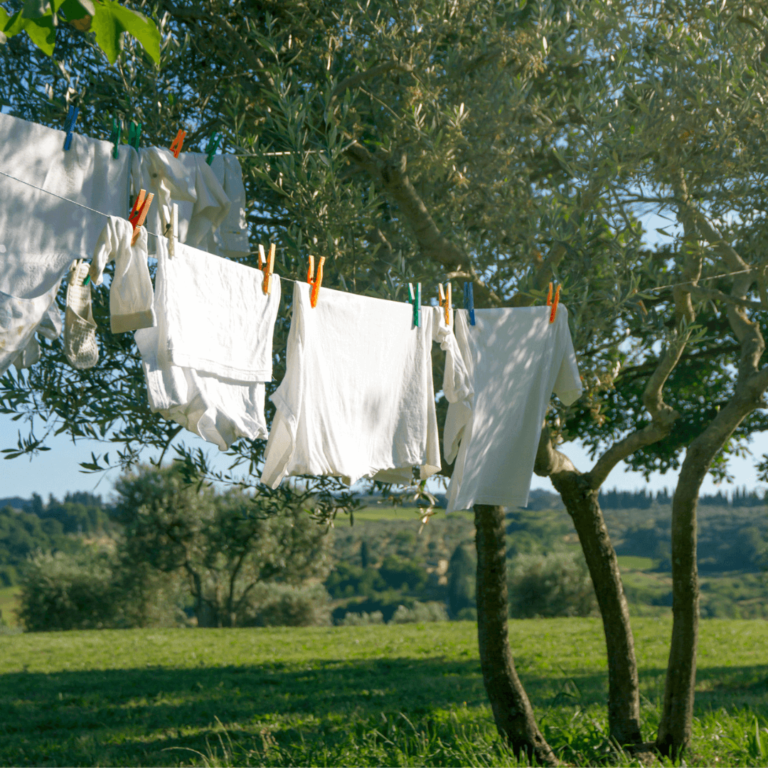




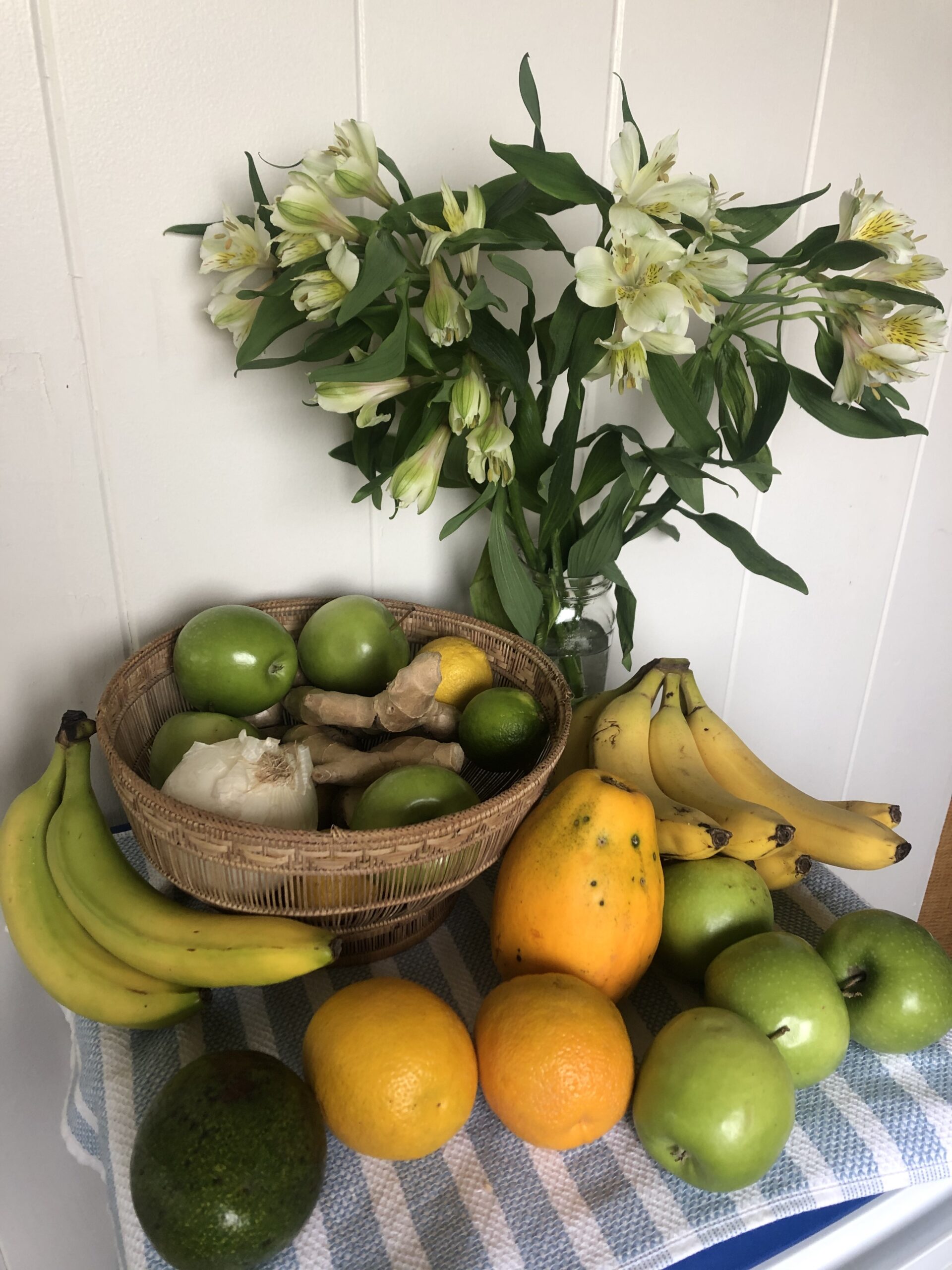
One Comment
Comments are closed.